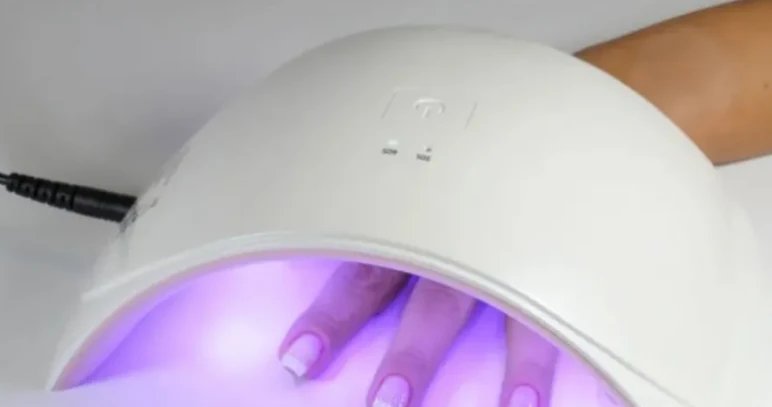
UV nail polish drying devices have been linked to cancer-causing mutations in human cells
Ultraviolet (UV) nail polish dryers, typically used to cure gel manicures, could damage the DNA on our hands and cause mutations, new research finds.
Dryers are a common fixture of beauty salons, but despite their widespread use and the fact that some spectrums of UV rays are known to be carcinogenic, there has never been any formal research into the effect of the radiation they emit. in mammalian cells, until this latest study published in Nature Communications.
Unlike tanning beds, which use a different spectrum of ultraviolet light (280-400nm) and have been shown to cause cancer, nail polish drying devices (340-395nm) had barely been studied.
“If you look at the way these devices are presented, they are being marketed as safe, with nothing to worry about,” corresponding author Ludmil Alexandrov, a professor of bioengineering and cellular and molecular medicine, said in a statement.
“But as far as we know, no one has studied these devices and how they affect human cells at the molecular and cellular level until now,” Alexandrov added.
After exposing human and mouse cells (adult human skin keratinocytes, human foreskin fibroblasts, and mouse embryonic fibroblasts) to UV rays emitted by nail polish drying devices, the researchers identified mitochondrial and DNA damage, as well as cell death.
Just 20 minutes under the lights, followed by an hour to repair the damage and an additional 20 minutes of exposure, resulted in the death of 20 to 30 percent of the cells. Meanwhile, 20-minute sessions every day for three consecutive days caused 65 to 70 percent cell death.
Typically, a manicure session involves placing the nails and hands in the UV device for 10 minutes total, much less than the exposure used in the study.
The damage seen in the remaining cells was not always repaired, leading to mutations comparable to those seen in human skin cancers. According to Alexandrov, there have also been some reports of rare finger cancers in people who regularly get gel manicures, such as pageant contestants and beauticians.
While concerning, it’s important to note that the study does not provide direct evidence that UV nail polish drying devices increase the risk of cancer.
There’s also no way of knowing how often someone would need to get their nails done to be at risk of harm. A long-term epidemiological study is needed before such questions can be answered.
“Our experimental results and previous evidence strongly suggest that the radiation emitted by UV nail polish dryers may cause hand cancer and that UV nail polish dryers, similar to tanning beds, may increase the risk of cancer. early-onset skin disease,” the study authors write.
“However, future large-scale epidemiological studies are warranted to accurately quantify the risk of hand skin cancer in people who regularly use UV nail polish dryers. Such studies are likely to take at least a decade to complete and subsequently report to the general public.”

